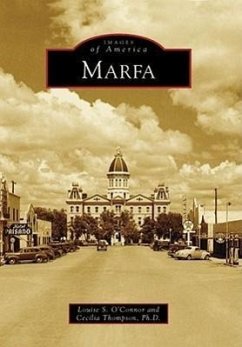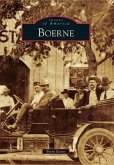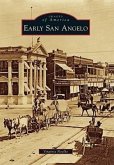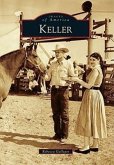In the rugged High Chihuahua Desert of West Texas, Marfa lies in the northeast corner of Presidio County, 60 miles from the Mexico border. Originally established as a water stop for the Galveston, Harrisburg, and San Antonio Railroad in 1883, it soon became the county seat and heart of a thriving commercial center built around ranching. Marfa's Fort D. A. Russell, first known as Camp Albert and later Camp Marfa, has been home to numerous military units from the early 1900s through the end of World War II. This military presence, combined with the development of the famous Highland Hereford that propelled local cattle ranching to a nationally recognized level, provided the economic and social base for the community well into the 1950s. Marfa's proximity to Mexico contributes tremendously to a remarkable blend of cultures, and today the once remote frontier town has established itself as a sophisticated arts and cultural mecca.








